Comparative transcriptomic analyses of normal and malformed flowers in sugar apple (Annona squamosa L.) to identify the differential expressed genes between normal and malformed flowers
- PMID: 29061115
- PMCID: PMC5653983
- DOI: 10.1186/s12870-017-1135-y
Comparative transcriptomic analyses of normal and malformed flowers in sugar apple (Annona squamosa L.) to identify the differential expressed genes between normal and malformed flowers
Abstract
Background: Sugar apple (Annona squamosa L.), a popular fruit with high medicinal and nutritional properties, is widely cultivated in tropical South Asia and America. The malformed flower is a major cause for a reduction in production of sugar apple. However, little information is available on the differences between normal and malformed flowers of sugar apple.
Results: To gain a comprehensive perspective on the differences between normal and malformed flowers of sugar apple, cDNA libraries from normal and malformation flowers were prepared independently for Illumina sequencing. The data generated a total of 70,189,896 reads that were integrated and assembled into 55,097 unigenes with a mean length of 783 bp. A large number of differentially expressed genes (DEGs) were identified. Among these DEGs, 701 flower development-associated transcript factor encoding genes were included. Furthermore, a large number of flowering- and hormone-related DEGs were also identified, and most of these genes were down-regulated expressed in the malformation flowers. The expression levels of 15 selected genes were validated using quantitative-PCR. The contents of several endogenous hormones were measured. The malformed flowers displayed lower endogenous hormone levels compared to the normal flowers.
Conclusions: The expression data as well as hormone levels in our study will serve as a comprehensive resource for investigating the regulation mechanism involved in floral organ development in sugar apple.
Keywords: A. squamosa; Digital gene expression; Malformed flower; Normal flower; Phytohormone; Transcriptome.
Conflict of interest statement
Ethics approval and consent to participate
The adult trees of
Consent for publication
Not applicable.
Competing interests
The authors declare that they have no competing interests.
Publisher’s Note
Springer Nature remains neutral with regard to jurisdictional claims in published maps and institutional affiliations.
Figures
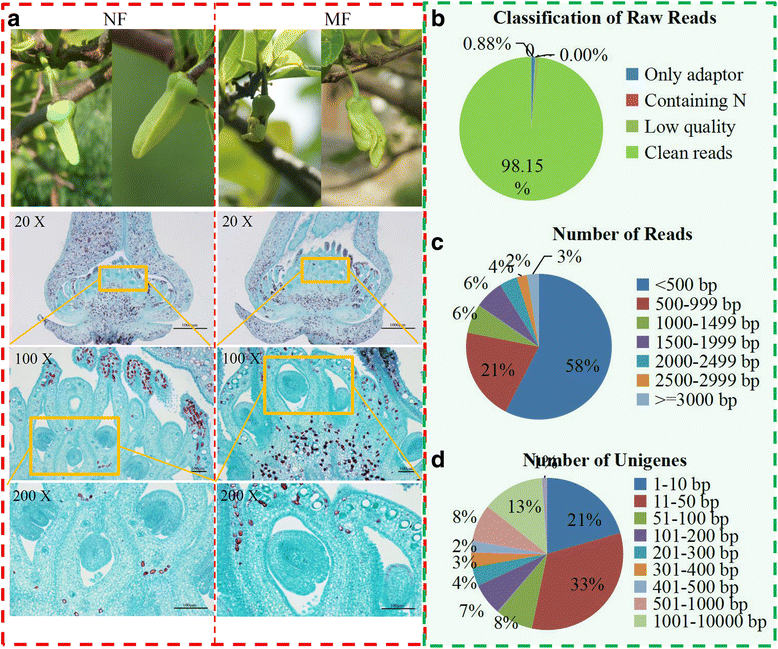
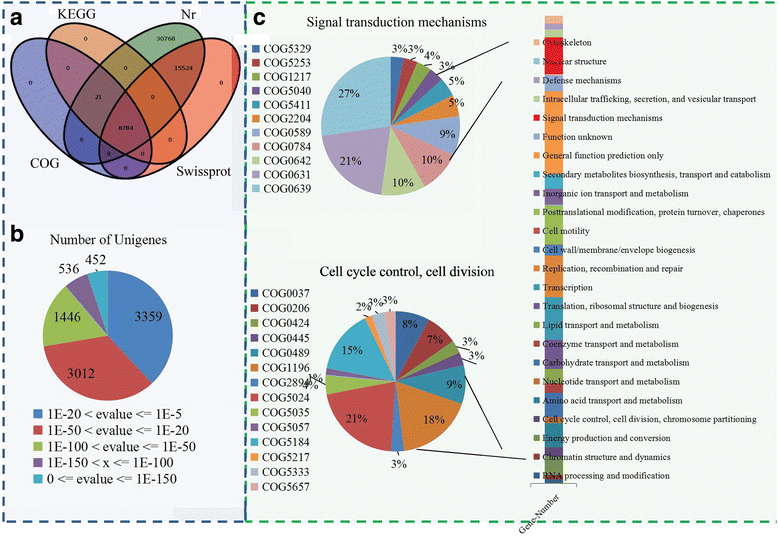
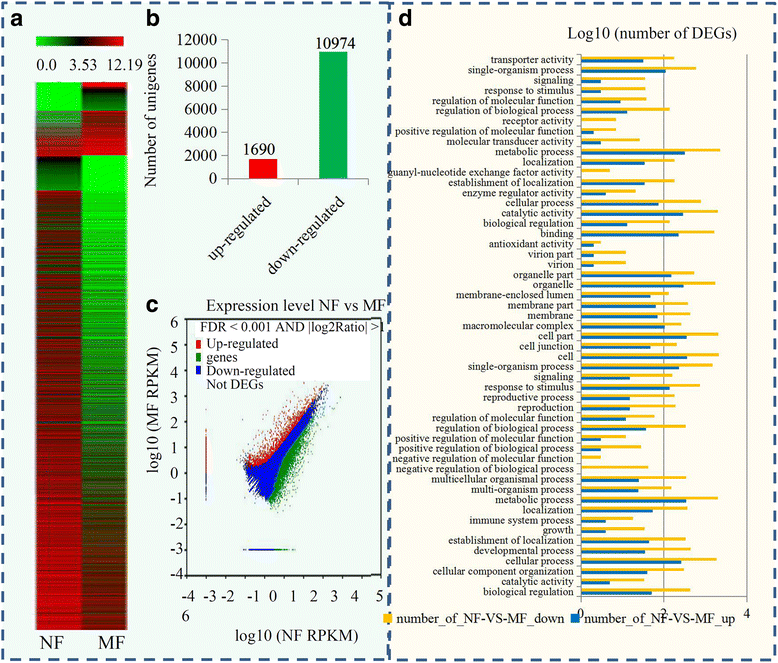
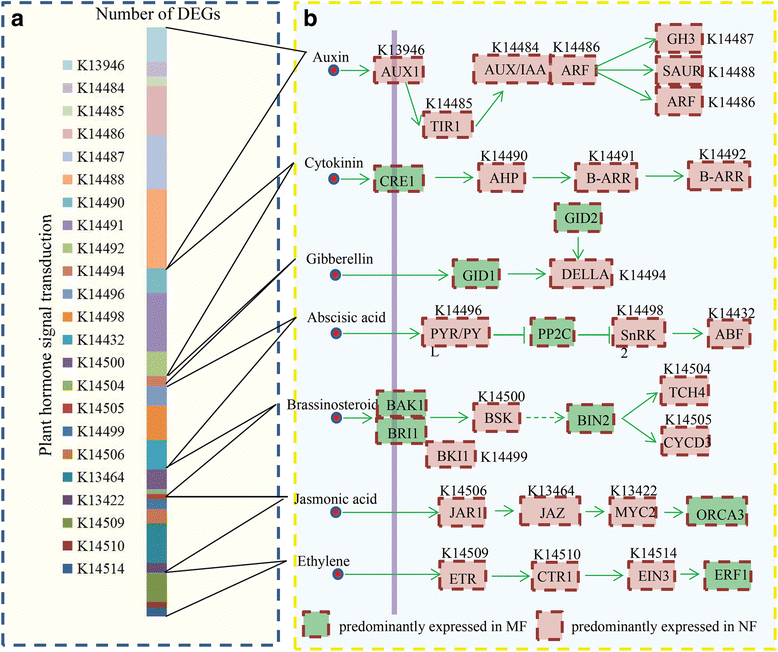
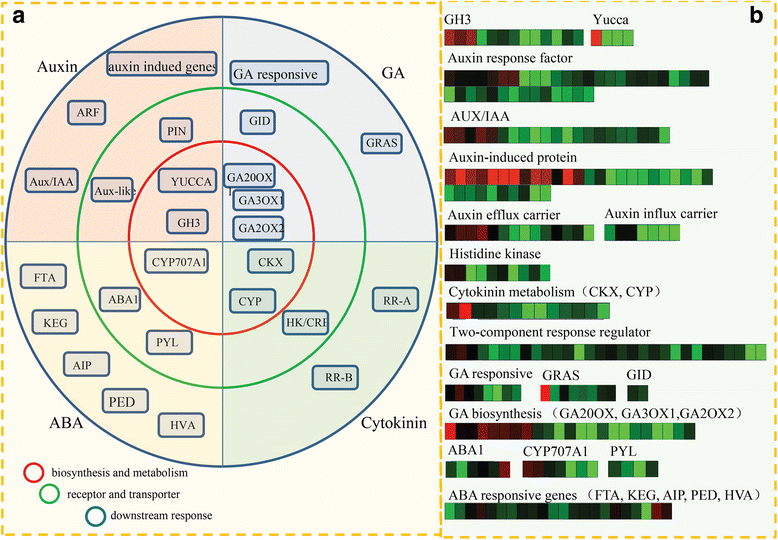
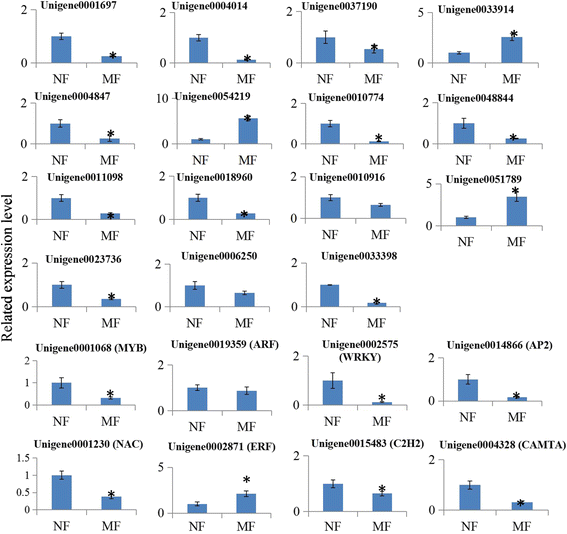

References
-
- Liu K, Li H, Yuan C, Huang Y, Chen Y, Liu J. Identification of phenological growth stages of sugar apple (Annona squamosa L.) using the extended BBCH-scale. Sci Hortic. 2015;181:76–80.
-
- Olesen T, Muldoon SJ. Effects of defoliation on flower development in atemoya custard apple (Annona cherimola mill.×a. squamosa L.) and implications for flower-development modelling. Aust J Bot. 2012;60(2):160–164. doi: 10.1071/BT11299. - DOI
MeSH terms
LinkOut - more resources
Full Text Sources
Other Literature Sources

